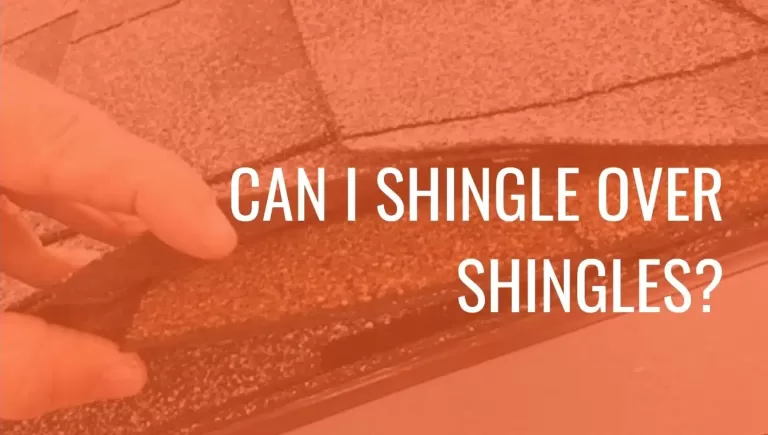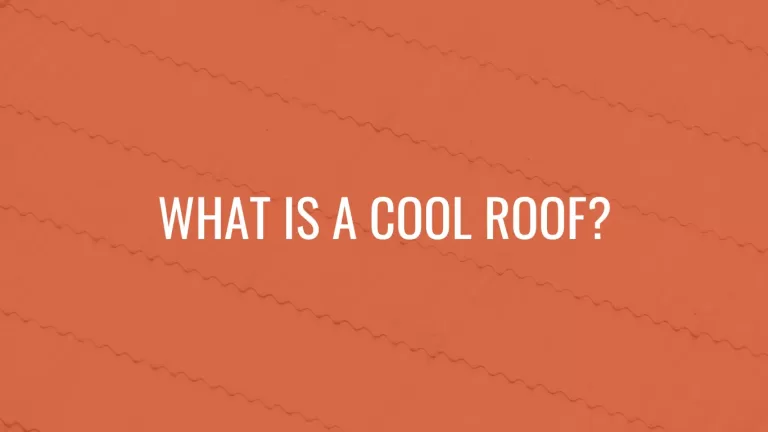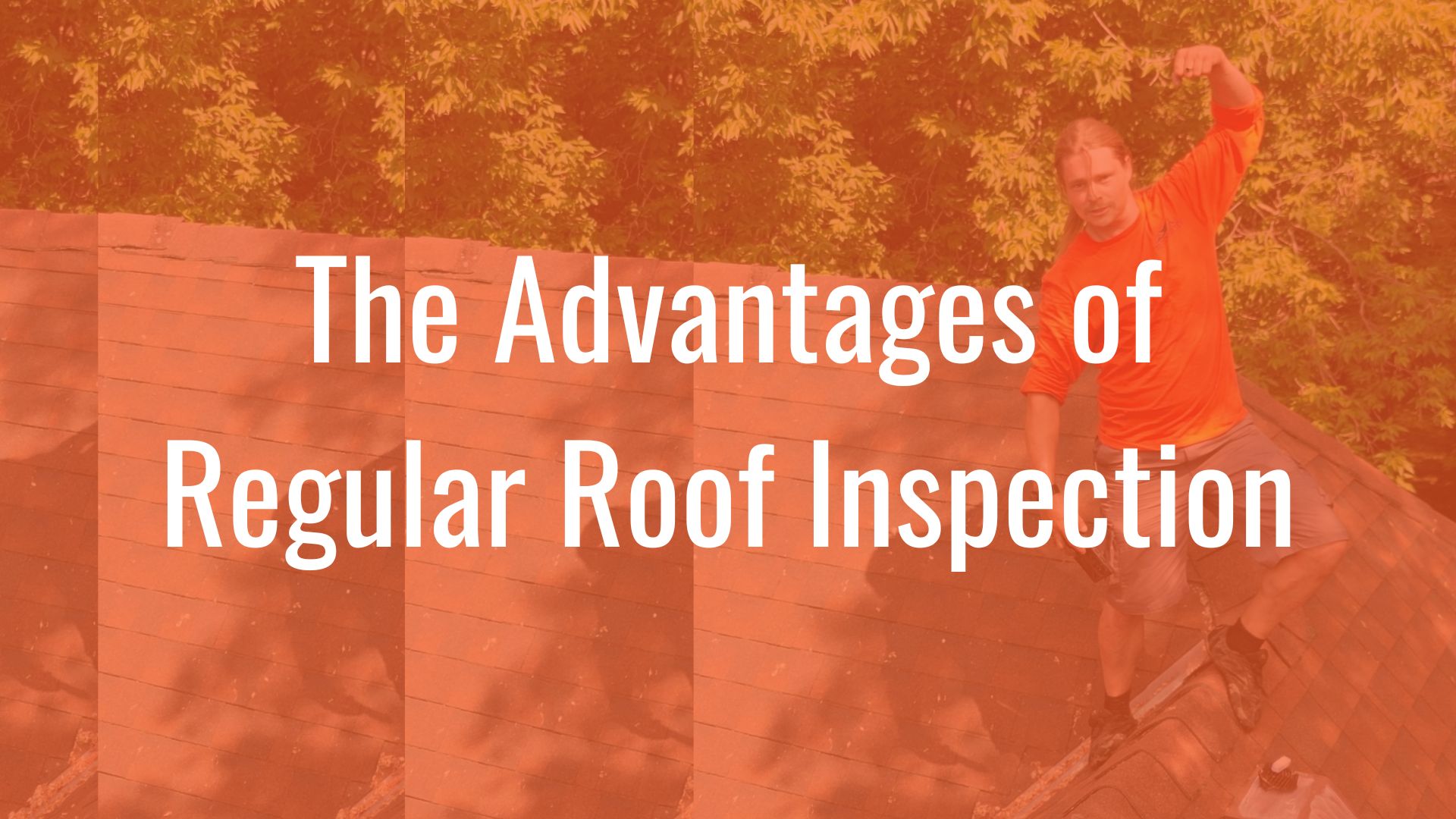How Long Should My Roof Last?
A homeowner typically has a good sense on the condition of their roof. However, it may be harder to gauge when the right time is for a roof replacement.
The average lifespan of a roof is 20-25 years. However, there are a lot of aspects at play like roofing material, climate, and proper installation. Homes located in areas that receive a lot of extreme weather will have a shorter lifespan.
On this page
(Click for a shortcut)
The lifespan of a roof depends on several factors
- Material type: Each roofing material type has their benefits and drawbacks along with their own durability.
- Shingle thickness: With multiple layers of shingle comes potential harm to your roof and roofing structure.
- Climate: Exposure to extreme weather conditions could potentially shorten a roof's lifetime.
- Proper Installation: A poor roof installation can cause many issues therefore shortening the lifespan of your roof.
- Material Quality: With appealing costs upfront, lower quality materials will need replacement more often than high quality materials.
- Upkeep: One of the unavoidable truths is that if you want your roof to last a long time, maintenance is your best friend.
Types of roofing and how long it lasts
Asphalt Shingles
 Asphalt shingles hold the range of 15-30 years.
Asphalt shingles hold the range of 15-30 years.
- 3-tab shingles: This is the cheapest asphalt shingle option with a life span between 15-20 years.
- Architectural/ dimensional Shingles: Along with a lifespan set at 20-30 years comes a higher budget.
- Premium shingles: Rated the highest quality, premium shingles are durable enough for 25-40 years of life. This product also holds the highest price tag.
If there has been no storm damage to your asphalt roof, you must consider a roof inspection between 15-20 years after your roof was added.
Signs your roof is nearing the end of its lifespan.
- Cracked shingles
- Mineral granules in your gutter
- Shingle curling
- Roof leaks
Clay/Tile Roof
 Clay tile has a longer lifetime between 50-100 years.
Clay tile has a longer lifetime between 50-100 years.
Tile and clay roofs experience more issues in colder climates due to freezing and thawing.
It is recommended that this type of roof gets sealed to prevent possible issues.
Signs your roof is nearing the end of its lifespan.
- Cracked/ chipped tiles
- Tiles pieces in the gutter
- Roof leaks
Metal Roof
 Metal roofs can have a lifespan of 40-70 years.
Metal roofs can have a lifespan of 40-70 years.
- Ribbed metal panels: This option is a cheaper installation compared to the other two but only lasts 25-50 years.
- Standing seam metal: The most common form of residential roofing with a lifespan of over 50 years. Withstands winds around 100 mpph.
- Stone coated steel tiles: Typically, this type of roofing will be used in areas that experience hurricanes with a lifespan of 30-50 years. Withstands winds of up to 155 mph.
Signs your roof is nearing the end of its lifespan.
- Major discoloration
- Widespread rust
- Leaking
Slate
 Slate roofing lasts lifetime around 50-150 years.
Slate roofing lasts lifetime around 50-150 years.
This type of roofing is more expensive and if a tile were to crack, it should be replaced.
Signs your roof is nearing the end of its lifespan.
- Cracked slates
- Leaks
Wood Shake
 Wood shake will last around 30 years.
Wood shake will last around 30 years.
The most common and durable wood shingle roof is made out of cedar for its pest-resistant and rot-resistant qualities.
Wooden roofs require more upkeep than a typical roof. This includes yearly cleanings and repainting/staining around every 5 years.
Signs your roof is nearing the end of its lifespan.
- Cracked/ split shingles
- Rot, mold and/or algae
- Leaks
- Pest damage
Conclusion
To give you the best advice, regular roof maintenance is going to be your best friend. Call a roofing expert to address small roof flaws before they create endless problems. The point to remember is that your roof’s lifespan can be extended with little repairs here and there.
Ensure that you get into contact with a trusted roofing expert that will stick by your side and supply you with a roof that will last years to come.




















